Active
The latest Active breaking news, comment, reviews and features from the experts at T3
Explore Active
-

Your Oura Ring just got a free upgrade – and it might be the smartest one yet
The brand says Advisor is a “cornerstone” of its next-generation features
By Matt Kollat Published
-

Try these 7 standing Pilates exercises to help build better balance and stability
This low-impact standing routine is ideal if you struggle with floor-based exercises
By Bryony Firth-Bernard Last updated
-

Two dumbbells and these four exercises to build a stronger lower body if you’re a beginner
This simple four-move workout shows that weight training doesn't need to be complicated
By Bryony Firth-Bernard Published
-

Feel the Alps on your back with Quechua’s new lightweight hiking gear
The collection levels up hiking gear with ultra-light jackets and trail-ready shoes
By Matt Kollat Published
-

I hiked in Montane’s Cetus Lite Waterproof Jacket, and it's more practical than it looks
A waterproof jacket that’s lightweight, performance-driven and sustainable
By Bryony Firth-Bernard Published
-
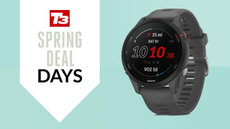
Amazon’s Spring Sale is ending and this five-star Garmin has hit its cheapest price – hurry!
Save a whopping 41% on the Forerunner 255
By Bryony Firth-Bernard Published
-
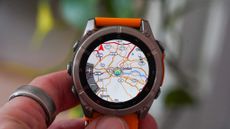
Garmin, the last bastion of no subscriptions, has fallen
People took to social media to vent their frustrations about the Connect+
By Matt Kollat Published
-

When’s the best time to take creatine?
The science-backed supplement is a must for building strength and muscle, but is there an optimal time to take it?
By Bryony Firth-Bernard Published
-
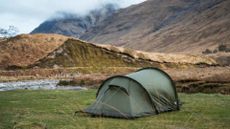
Fjallraven Abisko Lite 2 review: A backpacker's dream tent
This tent survived wind, rain and me – that says a lot
By Matt Buckley Published
-

Three overrated core exercises and what you should do instead
A fitness expert says these exercises aren’t all they’re cracked up to be
By Bryony Firth-Bernard Published
-
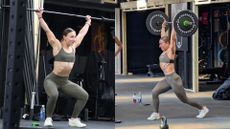
I tried Olympic weightlifting for the first time – here are three things it's taught me
Being strong simply won't cut it
By Bryony Firth-Bernard Published
-
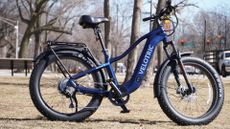
Velotric Nomad 2 review: A fat-tire ebike ready for casual cruising
Big and ready to roll
By Mark Knapp Published
-
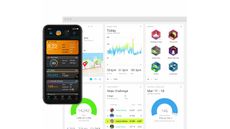
Garmin announces Connect+ subscription service, and I can't say I didn't see it coming
For a monthly fee, you can now layer more AI on top of your data – but do we need Connect+?
By Matt Kollat Published
-
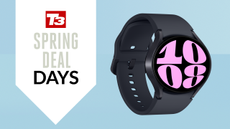
Forget Amazon’s Spring Sale – this Samsung Galaxy Watch 6 deal is better than half price
The Samsung Galaxy Watch 6 is now less than £150, now that's a great deal!
By Lee Bell Published
-

This Beats Fit Pro Amazon deal is your excuse to ditch your tired workout earbuds
Now going for less in Amazon’s Spring Deal Days offer - perfect timing to level up your gym audio
By Lee Bell Published
-
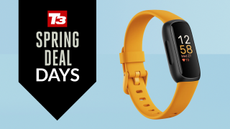
Fitbit's affordable fitness tracker is now dirt cheap in Amazon's Spring Sale – but it won't last
At under £60, this is the lowest price I've seen for this no-fuss fitness band
By Lee Bell Published
-
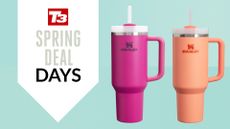
Don’t miss out: the Stanley Cup has had a mega price drop on Amazon
It's time to join the Stanley Cup club (if you haven't already)
By Bryony Firth-Bernard Published
-
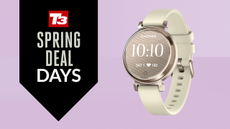
Garmin's most elegant smartwatch gets best ever price drop in Amazon's Spring Sale
Amazon shaves £65 off this dainty, female-focused wearable – it's even cheaper than Garmin’s own sale!
By Lee Bell Published
-

Garmin's 5-star Forerunner tri watch just hit its lowest-ever price in runaway deal
The Garmin Forerunner 255 just dropped 43% in ace deal
By David Nield Published
-
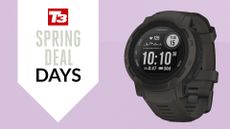
Garmin's fan-favorite adventure watch is cheaper than ever in the Amazon Spring Sale
It won’t last forever though
By Bryony Firth-Bernard Published
-

This Apple Watch rival plummets to its lowest price ever in Amazon’s Spring Sale
Gold edition of this sleek Apple Watch rival for just £129? Yes please!
By Lee Bell Published
-
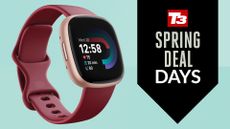
Popular Fitbit smartwatch hits an all-time low price in Amazon Spring Sale deal
You can now grab the Fitbit Versa 4 for a bargain with over 25% off
By Lee Bell Published
-
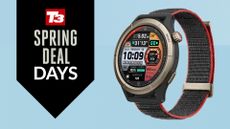
Why pay more for a Garmin Forerunner? This Amazon Spring Sale smartwatch deal is a fraction of the price
The Amazfit Cheetah Pro is a top running watch and now it’s super cheap too!
By Bryony Firth-Bernard Published
-

An exercise scientist ranks every ab exercise – and the worst one may surprise you
FYI it’s not crunches or sit-ups
By Bryony Firth-Bernard Published
-

Skip the gym – this 20-minute standing dumbbell is low-impact and strengthens the entire body
It's ideal if you have limited mobility too
By Bryony Firth-Bernard Published
-

I didn't think Under Armour could improve its top-tier workout shoes – I was wrong
The TriBase Reign 6 has had a complete overhaul, with a flatter sole, improved flexibility and a brand-new look
By Bryony Firth-Bernard Published
-
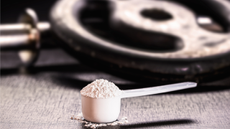
Creatine powder vs pills: which is better for muscle gains?
A sports nutritionist gives the low-down on this popular supplement
By Bryony Firth-Bernard Published
-
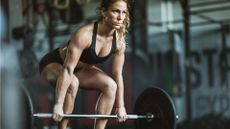
Why the cube method is your best chance to improve strength and avoid muscle-building plateaus
Struggling to build muscle? This could help
By Lucy Miller Published
-

How to sleep comfortably while camping, according to an outdoor expert
Get a restful night’s sleep under the stars with these simple steps
By Bryony Firth-Bernard Published
